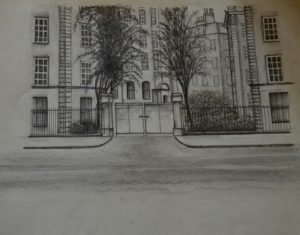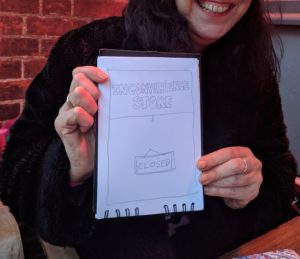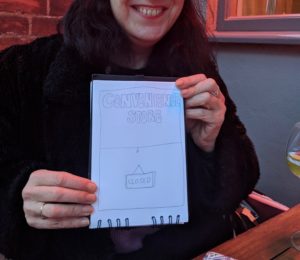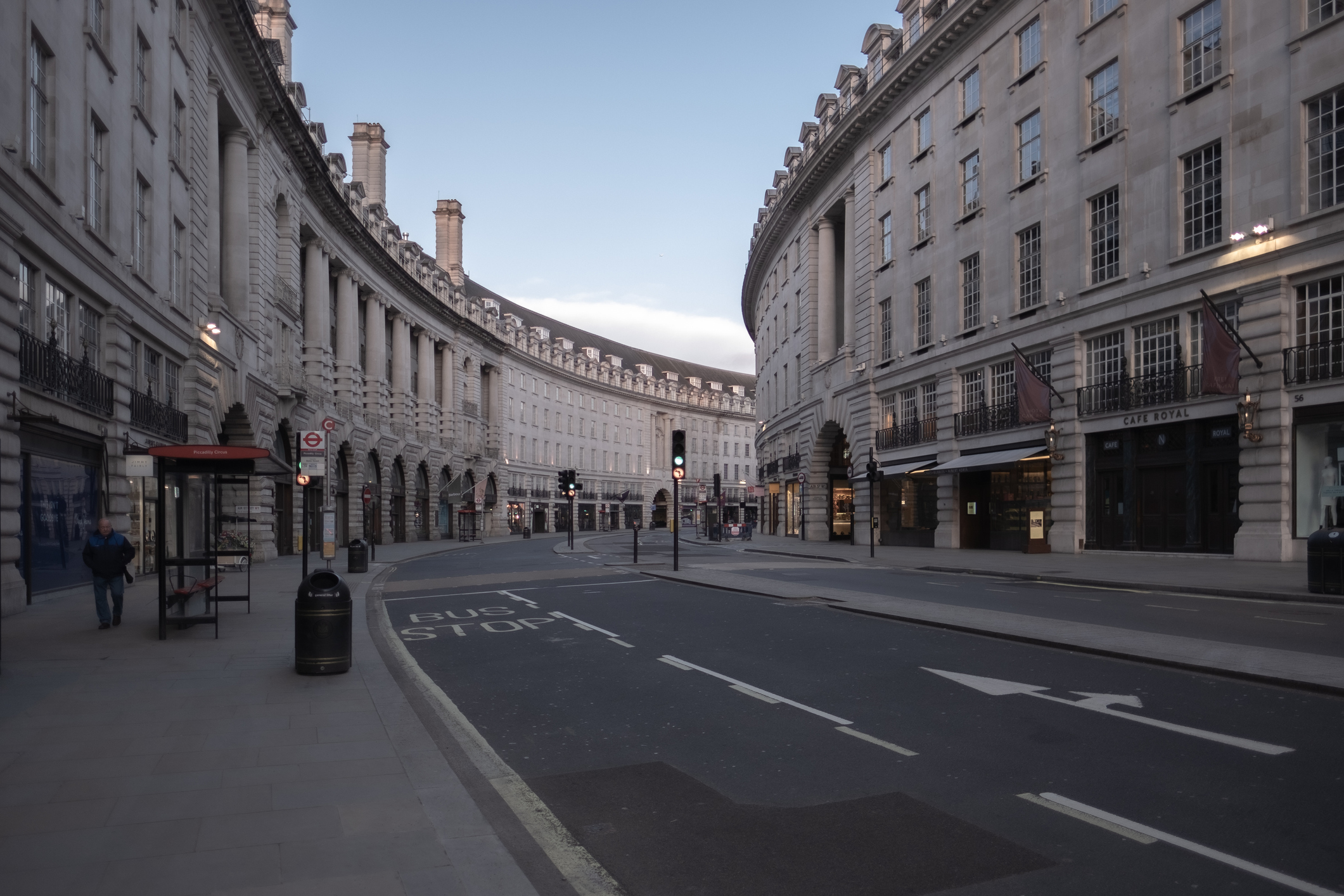London in Lock down has led to online platforms crowded with photos of emptiness. Several photos of popular tourist destinations are shared widely as people are bewildered to see their city emptying into a ghost town.
But emptiness does not feel new to everyone. Having spent the last few years studying empty homes in London, I wonder what emptying associated with coronavirus means in places that were already struggling with the dynamics of emptiness and how different forms of emptiness can be distinguished from one another. Dace Dzenovska has addressed the latter in her piece about emptiness in Blackpool, which is characterized as a ‘left behind’ region in the UK. For my DPhil fieldwork, I’ve been exploring these dynamics of emptiness in Chelsea, where 10% of the homes are listed as second homes but which cannot find the space to house its less wealthy residents due to its perennial shortage in social housing. While my first site was a luxury square with many second homes that stood empty for much of the year, my second field site was a social housing estate. The Housing Association that ran it was ‘decanting’ the estate through systematic negligence in order to make a case for regeneration, which would come with the expulsion of current residents and a shift away from social housing towards private housing.

Fig 1. A sketch capturing the locked up blocks of flats on a Council Estate in Chelsea, made by one of the current residents.
Residents across both my field sites frequently spoke about how Chelsea empties out at night when the tourists leave with their cameras and shopping bags and the workers catch their busses back home. They complained about not having enough ‘normal shops’, by which they meant shops that cater to everyday life, such as a post-office, bakery, butchery, and newspaper outlets. The local convenience store, bookshop, police station, cinema and a pub (which stood wrapped in plastic sheets for many months) in Chelsea stand empty as they await planning permission, which would allow them to be repurposed or demolished. The questions that emerge in the current condition of coronavirus: how does a place that does not account for life in normal circumstances – be it the housing estate that holds worn down homes or a luxury square that is full of empty homes – make it through a pandemic? What happens when homes that are imagined and treated as financial assets, suddenly become so intimately linked with staying alive as the government asks people to stay home as a way of performing a civic act against the pandemic? What happens to the two types of empty homes I study – the unlived home and the unlivable home?


Fig 2. Doodle held up by a resident of the council estate capturing the closure of the convenience store
My research addressed both parts of the question. I looked at second homes that were cared for from a distance through a complex infrastructure of maintenance and security, such as automatic lights and regular mail collection, and contrasted them to social housing flats that rotted in neglect as the housing association operationalized claims of inhabitability to vacate homes.
In the face of the current crisis, both forms of emptiness have become amplified. In the luxury square, the performance of presence rested on the labours provided by cleaning staff and the seasonal mobilities of distant owners. Both these mobilities – within the city and across borders – are in question as the city goes into lock down and international travel is restricted.
In the Council Estate, the violence of emptiness is exacerbated by confinement of people in places that were being purposefully emptied by the housing association. Leaks, broken lights and dampness were common complaints by the residents of the Estate in the course of my fieldwork, and it is not hard to imagine how these conditions would be more pronounced than ever in times of confinement. The present condition further shines light on problems of overcrowding in council flats, which was worsened by the introduction of the Bedroom Tax (Welfare Reform Act 2012), in which tenants in social housing have their benefits reduced by 14% if they have a spare bedroom. This has come under scrutiny in times of the Corona as the physical space within a home is reimagined in times of confinement.
Both unlivable homes as well as unlived-in homes stand in stark contrast to the ongoing rhetoric of ‘stay safe by staying at home’. This narrative has already been challenged by the recent claims of an increase in domestic abuse in the UK during the lockdown. While on one hand, the safety of the home is under question, on the other hand, there are also questions raised about homes that could potentially provide safety from the virus but instead stand empty. As a group of housing-insecure people takes up eleven vacant houses in California in order to quarantine themselves from the spreading virus, this crisis poses as an opportune moment to undermine the sanctity of private property for the needs of society.
After the Grenfell fire, there were some conversations in Cadogan Square about using empty homes to rehabilitate the victims but these never panned out. Coronavirus has once again brought this dialogue to the forefront. Dr Lisa McKenzie (2020), a British sociologist, has urged governments to requisition vacant homes of the wealthy to use them as quarantine facilities and accommodation for key workers. As the emptiness of a lock down shines light on the emptiness of second homes, the present moment might offer a real possibility of reimagining what a home means, or rather; revert to the original definition of a home as a place of living.
About the auhtor: Mayanka Mukherji is a DPhil candidate in Anthropology at the University of Oxford.
This essay is part of a sub-theme on emptiness in the Coronavirus and Mobility forum, including essays by Dace Dzenovska, Mathilde Morin, and Friederike Pank.
